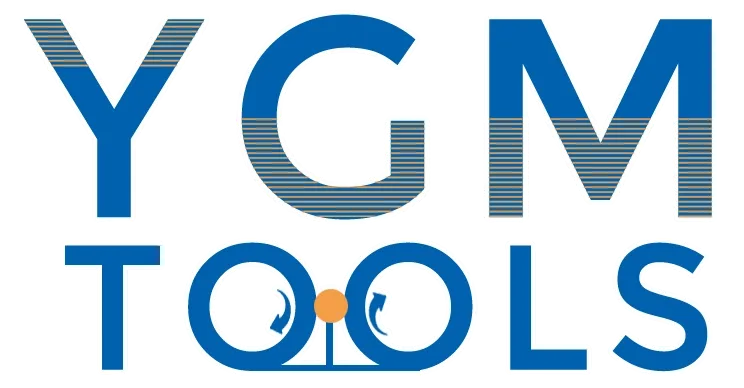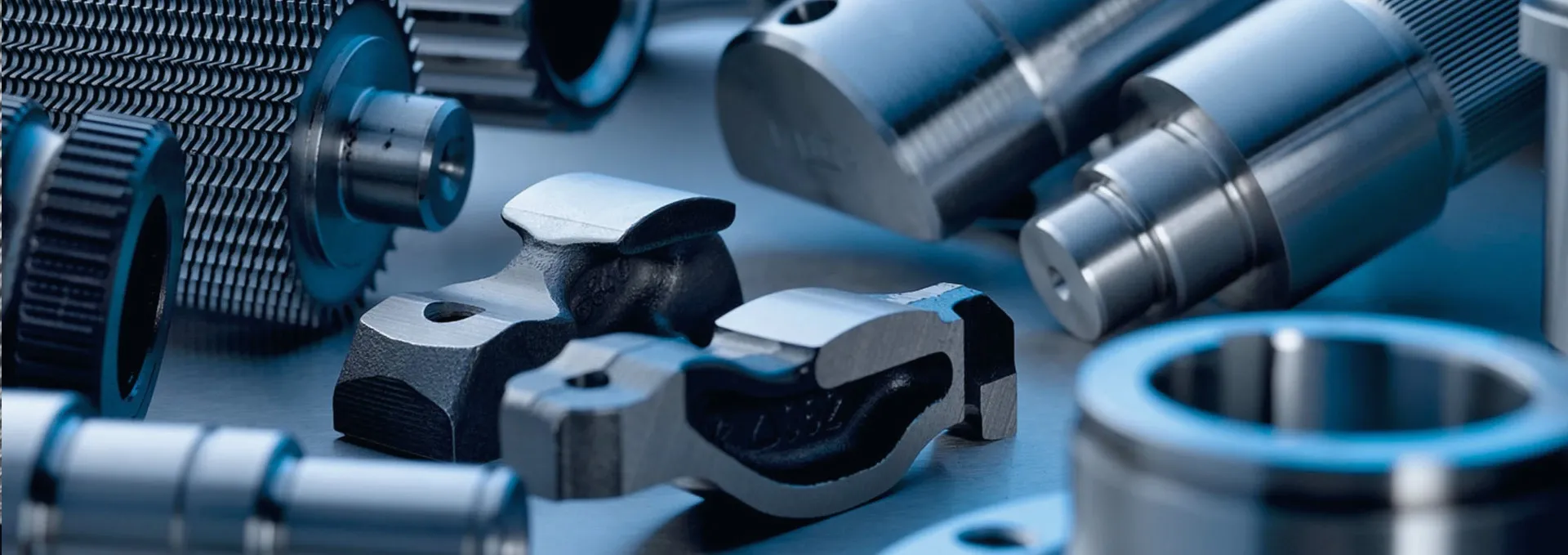
-
 Afrikaans
Afrikaans -
 Albanian
Albanian -
 Amharic
Amharic -
 Arabic
Arabic -
 Armenian
Armenian -
 Azerbaijani
Azerbaijani -
 Basque
Basque -
 Belarusian
Belarusian -
 Bengali
Bengali -
 Bosnian
Bosnian -
 Bulgarian
Bulgarian -
 Catalan
Catalan -
 Cebuano
Cebuano -
 Corsican
Corsican -
 Croatian
Croatian -
 Czech
Czech -
 Danish
Danish -
 Dutch
Dutch -
 English
English -
 Esperanto
Esperanto -
 Estonian
Estonian -
 Finnish
Finnish -
 French
French -
 Frisian
Frisian -
 Galician
Galician -
 Georgian
Georgian -
 German
German -
 Greek
Greek -
 Gujarati
Gujarati -
 Haitian Creole
Haitian Creole -
 hausa
hausa -
 hawaiian
hawaiian -
 Hebrew
Hebrew -
 Hindi
Hindi -
 Miao
Miao -
 Hungarian
Hungarian -
 Icelandic
Icelandic -
 igbo
igbo -
 Indonesian
Indonesian -
 irish
irish -
 Italian
Italian -
 Japanese
Japanese -
 Javanese
Javanese -
 Kannada
Kannada -
 kazakh
kazakh -
 Khmer
Khmer -
 Rwandese
Rwandese -
 Korean
Korean -
 Kurdish
Kurdish -
 Kyrgyz
Kyrgyz -
 Lao
Lao -
 Latin
Latin -
 Latvian
Latvian -
 Lithuanian
Lithuanian -
 Luxembourgish
Luxembourgish -
 Macedonian
Macedonian -
 Malgashi
Malgashi -
 Malay
Malay -
 Malayalam
Malayalam -
 Maltese
Maltese -
 Maori
Maori -
 Marathi
Marathi -
 Mongolian
Mongolian -
 Myanmar
Myanmar -
 Nepali
Nepali -
 Norwegian
Norwegian -
 Norwegian
Norwegian -
 Occitan
Occitan -
 Pashto
Pashto -
 Persian
Persian -
 Polish
Polish -
 Portuguese
Portuguese -
 Punjabi
Punjabi -
 Romanian
Romanian -
 Russian
Russian -
 Samoan
Samoan -
 Scottish Gaelic
Scottish Gaelic -
 Serbian
Serbian -
 Sesotho
Sesotho -
 Shona
Shona -
 Sindhi
Sindhi -
 Sinhala
Sinhala -
 Slovak
Slovak -
 Slovenian
Slovenian -
 Somali
Somali -
 Spanish
Spanish -
 Sundanese
Sundanese -
 Swahili
Swahili -
 Swedish
Swedish -
 Tagalog
Tagalog -
 Tajik
Tajik -
 Tamil
Tamil -
 Tatar
Tatar -
 Telugu
Telugu -
 Thai
Thai -
 Turkish
Turkish -
 Turkmen
Turkmen -
 Ukrainian
Ukrainian -
 Urdu
Urdu -
 Uighur
Uighur -
 Uzbek
Uzbek -
 Vietnamese
Vietnamese -
 Welsh
Welsh -
 Bantu
Bantu -
 Yiddish
Yiddish -
 Yoruba
Yoruba -
 Zulu
Zulu
Famous Thread Rolling Machine - Precision Manufacturing Solutions
The Working Mechanism of a Famous Thread Rolling Machine
Thread rolling is a popular industrial process extensively used in manufacturing fasteners, bolts, and other similar components. Among the various devices designed for this purpose, the thread rolling machine stands out due to its efficiency and precision. This article will delve into the working mechanism of a renowned thread rolling machine, illustrating its fundamental principles and advantages in modern manufacturing.
The basic operation of a thread rolling machine involves the plastic deformation of a workpiece, typically a cylindrical metal rod, to produce threads. Unlike traditional cutting methods, which remove material to create threads, thread rolling is a cold-forming process that reshapes the metal to achieve the desired thread profile. This method not only enhances material properties but also results in a better surface finish.
The Working Mechanism of a Famous Thread Rolling Machine
When a workpiece is loaded into the machine, the feed mechanism aligns it precisely between the two rollers. The rollers are designed with specific thread profiles, allowing for the creation of various thread types, such as external or internal threads. Once positioned, the machine engages the rolling head, causing the rollers to rotate. As the rollers make contact with the workpiece, they exert sufficient pressure to deform the metal, gradually forming the threads.
famous thread rolling machine working

One of the key benefits of thread rolling is the cold working effect. During the rolling process, the fibrous structure of the metal is realigned, enhancing its tensile strength and fatigue resistance. This makes rolled threads more durable than their cut counterparts, which can create stress concentrations at the root of the threads due to material removal.
Another notable advantage of thread rolling machines is their efficiency. The process can produce a high volume of uniform threads in a relatively short time, reducing production costs significantly. Furthermore, because there is minimal material waste and improved mechanical properties, manufacturers prefer this process for producing threaded components.
Modern thread rolling machines have evolved to include advanced features such as computerized controls for precise adjustments and automation capabilities for increased productivity. These innovations ensure that manufacturers can keep pace with the rising demand for high-quality threaded components across various industries, including automotive, aerospace, and construction.
In conclusion, the working mechanism of a famous thread rolling machine exemplifies an effective combination of engineering principles and manufacturing efficiency. By employing the cold forming process to create durable and precise threads, these machines provide significant advantages over traditional methods. As technology continues to advance, the thread rolling machine will likely remain a cornerstone of modern manufacturing, ensuring the high quality and reliability needed for a myriad of applications.
